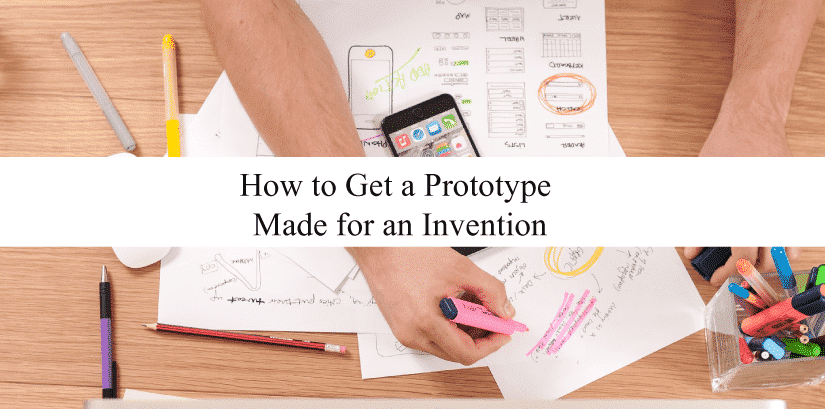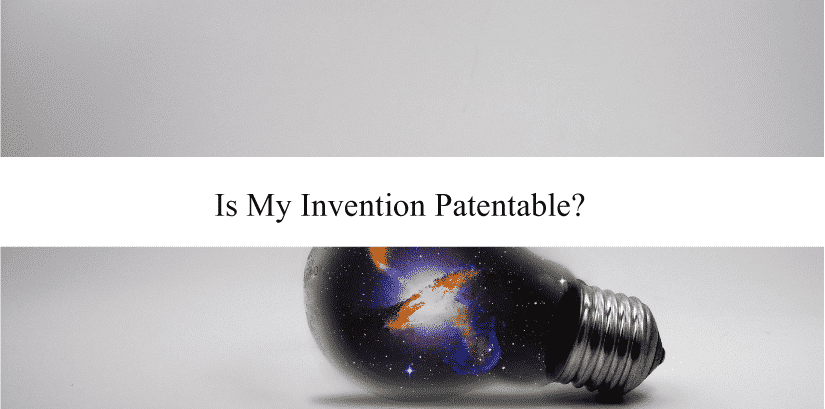The Importance of Prototypes for an Invention

No matter how good your idea may be, it isn’t worth much until you can find a way to build a business around it. Yes, while there are successful inventors out there who strictly license patents out to companies, they are extremely rare and typically have a pre-existing relationship with an industry.
Is my invention patentable?

Every would be inventor or entrepreneur has that moment in their life, where with a flash of lightning it hits them. The idea. The one that can change the world and solve the problems that has been facing society for too long!
